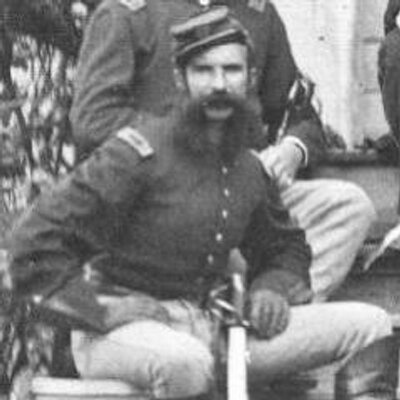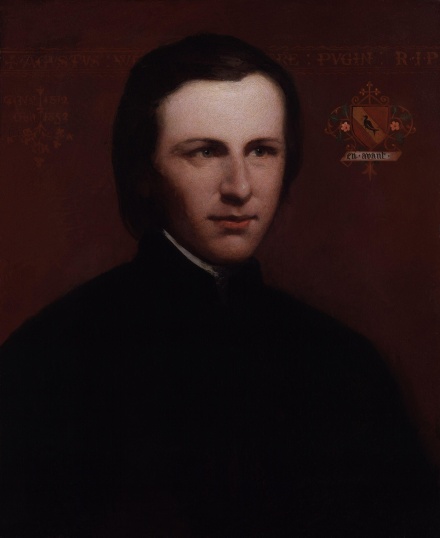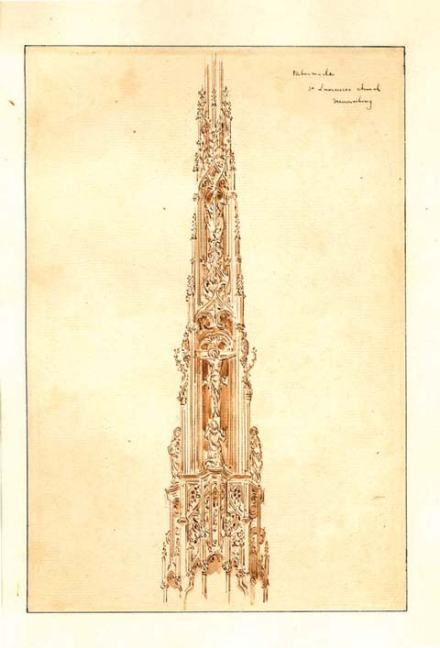
Ken Thompson’s wonderful statue of the young St Patrick at Westport, County Mayo. (photo by Vanderkrogt.net)
Poor St Patrick! The famous national patron saint of Ireland, one of the most famous national patrons, has had his feastday, 17th March, cancelled in 2020! Ireland’s churches are closed to public gatherings – by the country’s bishops at the request of the public health authorities due to what he would have called a ‘plague’ sweeping not just the country but the whole world! What did he do to deserve this?
It’s bad enough that Patrick had his feastday cancelled but, throughout much of modern history, Patrick himself has been the subject of often vicious academic debate among scholars. Happily these debates had not really impinged on the popular Irish imagination. It’s worth examining some recent scholarship to explore a different vision of Patrick’s mission in Ireland and why he really can be considered the founder of Christianity in Ireland.
We won’t go back to the infamous ‘two Patricks’ problem that emerged in the 1940s although we well consider some scholarly efforts to resolve the problem. We must start with two clear facts: first, since about 600 AD Ireland has been Christian, and, secondly, there are two writings (the Confession and the scathing Letter to Coroticus) which are clearly the work of one author. These latter are found in later copies but they are clearly accepted (after much study) as the two earliest works of literature from Ireland (as opposed to oral myths and legends written down from oral sources later).
The traditional date of Patrick’s arrival in Ireland as a missionary is 432 AD. This date is important because in Gaul (now France) the writer Prosper of Aquitaine wrote that in the previous year 431 AD Pope Celestine sent a man called Palladius as a bishop to ‘the Irish believing in Christ.’ This statements suggests that there were Christians in Ireland, although it may not have been an organised Christian community. Palladius was the spanner in the works for Patrician scholars – who wa he? what did he do? are there any relics of Palladius in Ireland? Oh, and why was he written out of Irish history, even by the early writers?
That wonderful scholar of old Irish documentation, Mario Esposito, wrote an interesting article addressing the Patrick/Palladius problem in Irish Historical Studies in 1956. He makes the important point that it wasn’t until the seventh century (about 650 AD) that Irish writers like Tirechan began to write about Patrick who had flourished in the earlier fifth century (before 450 AD) two centuries earlier.
There’s no point here in rehashing Esposito’s land and detailed scholarly argument but it does help to recount the conclusion of his argument. Esposito suggests that the man who wrote the Confession and the Letter, – the ‘Patricius peccator rusticissimus et contemptibilibus’ (Patrick, a rustic and contemptible sinner)- actually came to Ireland long BEFORE 432 AD. This then allows Palladius to be sent from Rome to become Patrick’s successor as ‘bishop to the Irish believing in Christ.’ In other words, the Patrick who wrote the Confession had probably died by 432 AD but only after converting large numbers of the Irish to Christianity. – a detail that Prosper of Aquitaine refers to when he says that Christianity had spread to lands that were never under the Roman Empire – surely a reference to the Irish mission.

Mosaic of St Ambrose of Milan, an older contemporary of St Patrick who was chosen as Bishop of Milan by popular acclamation durng a dispute with the emperor.
If we accept Esposito’s chronology that Patrick had converted many of the Irish to Christianity by the time he died about 430 AD, then Palladius of Rome was sent by the pope to be the first OFFICIAL bishop in Ireland, while Patrick, considered himself a bishop by divine appointment – exactly like St Ambrose of Milan (died 397 AD). Nobody doubted then or doubts now that Ambrose was the formidable Bishop of Milan before he died. Patrick says that he was ‘appointed by God’ and in Milan the vox populi (voice of the poeple) was deemed to be vox Dei (voice of God). So Esposito’s version resolves a lot of issues and gives both Patrick and Palladius their proper place in Irish history.
The scholar Raymond Keogh suggested in 2005 that Patrick and Palladius were the one and the same person! This is not an unusual suggestion – Palladius was a problem to Tirechan and Muirchu in the 600s. They got rid of him by asserting that he was murdered by pagan Irish opponents. However, Keogh does offer some interesting material that suggests that Patrick may have come to Ireland as a slave before 409 AD. The following year (410 AD), the the citizens of Roman Britannia received a letter from the Emperor advising them to look to themselves for their own defence because the Roman army had been withdrawn to deal with the Visigoths who had sacked Rome that year. Christianity continued in Britain long after this although it retreated to the fastnesses of Wales.

Fresco of St Augustine of Hippo in St John Lateran baslica. He was an almost exact contemporary of St Patrick.
If we combine Esposito’s chronology and Keogh’s dates, we find that Patrick would have been an almost exact contemporary of St Augustine of Hippo. who died in 430 AD, about the same time that Patrick died, if we accept the Esposito chronology. It was around this time (the early 400s) that the Ui Liathain spread out from what is now eastern County Cork to colonise parts of south west Wales. This area was a heartland of British Christianity at the time and it is perfectly possible that either Christian captives or converts moved in the other direction, from south-west Wales to Munster. So perhaps Christianity was introduced into south Munster (East Cork and West Waterford) by a non-Patrician route (Declan of Ardmore or Ultan of Caherultan) and perhaps by St Ailbe of Emly, whose name is celebrated in Welsh as St Elvis!
Ironically, the ancient dedication of the parish of Carrigtwohill was to St David of Wales, a dedication introduced by the Barrys from south Wales in the 1180s! With the arrival of the Barrys the territory of Ui Liathain became Barrymore. Origins of Christianity in Ireland are not easily resolved but we can have no doubt that Patrick was the main figure but other parts of the country must have had and influence form the remnants of the Roman Empire.












